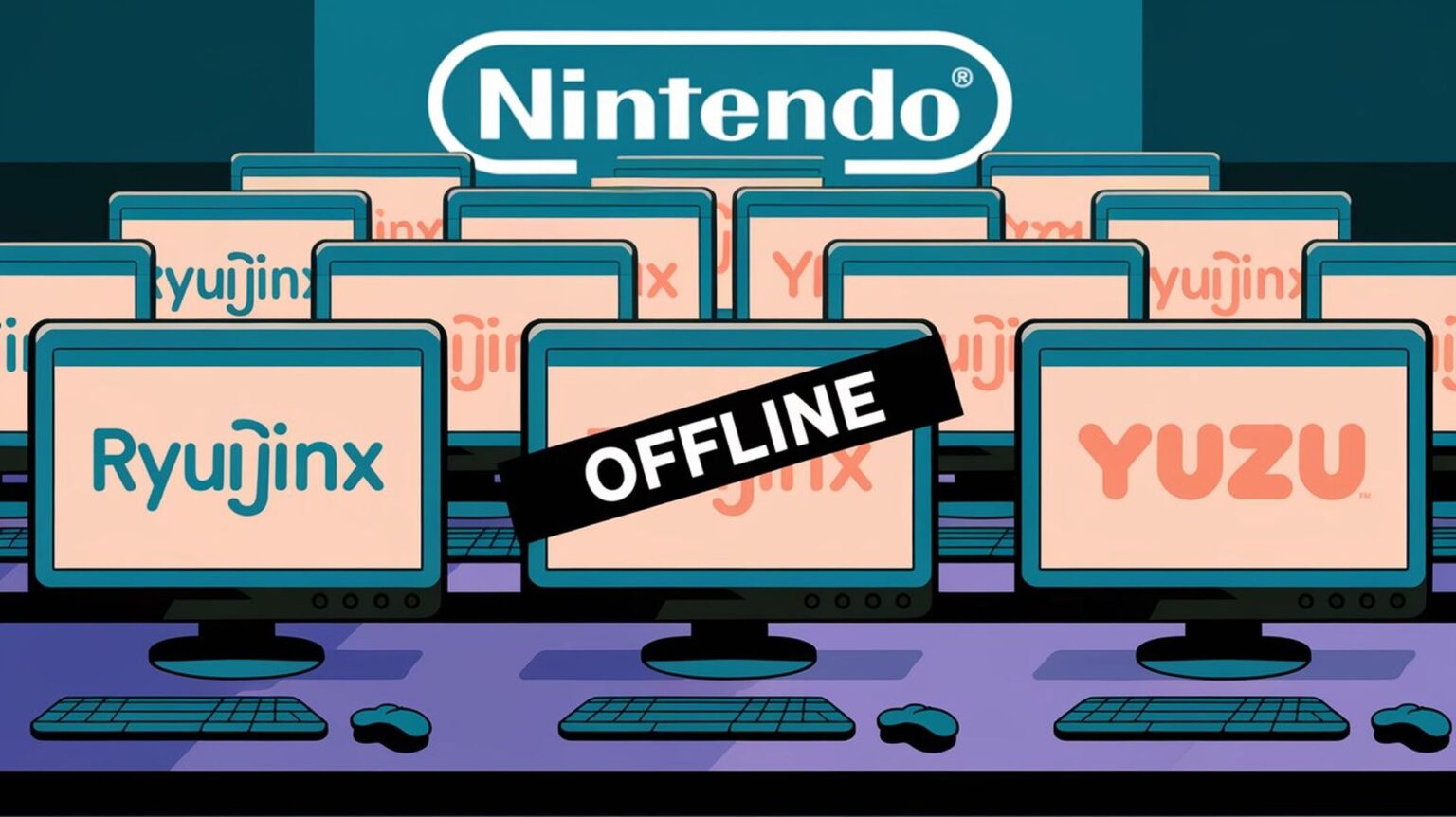The Transgender Military Ban: Separating Spin From Substance In Trump's Policy

Table of Contents
The Official Rationale Behind the Transgender Military Ban
The Trump administration offered several justifications for the transgender military ban, primarily centering on national security and moral arguments. However, a closer examination reveals significant flaws in this reasoning.
National Security Concerns: Debunking the Claims
The administration argued that transgender service members posed risks to national security due to the perceived costs associated with their healthcare, the potential disruption to unit cohesion, and concerns about combat readiness.
- Cost Analysis: Claims of exorbitant healthcare costs were largely unsubstantiated. Existing healthcare systems were already equipped to handle the needs of transgender service members, and the actual financial burden was significantly less than initially portrayed.
- Military Readiness: No credible evidence supported the assertion that transgender individuals negatively impact military readiness. In fact, numerous studies have shown that inclusive policies lead to improved morale and a more diverse and effective fighting force.
- Disruption to Unit Cohesion: This argument rested on unsubstantiated assumptions about the potential for negative reactions from other service members. Many transgender service members already served openly and successfully without incident, demonstrating the fallacy of this claim.
Counterarguments emphasized that excluding qualified individuals based on unfounded fears harmed military readiness by limiting access to a diverse talent pool. Expert opinions from military leaders and medical professionals refuted the administration’s claims, highlighting the lack of empirical data supporting the ban.
Religious and Moral Arguments: Analyzing the Underlying Beliefs
Religious and conservative viewpoints heavily influenced the policy's development. Opponents framed the ban through a lens of traditional gender roles and religious beliefs, often ignoring the lived experiences and rights of transgender individuals.
- Religious Freedom: While religious freedom is a constitutionally protected right, it does not extend to the discrimination of individuals based on their gender identity. The separation of church and state must be maintained to uphold the rights of all citizens, including transgender service members.
- Moral Arguments: Arguments against transgender inclusion often relied on outdated and inaccurate understandings of gender identity and sexuality. These arguments frequently ignored scientific consensus and lacked a basis in evidence-based reasoning.
- Ethical Considerations: The ethical implications of excluding qualified individuals from serving their country based on prejudice are profound. Such policies violate principles of equality, fairness, and human dignity.
The Human Cost of the Transgender Military Ban
The transgender military ban had a devastating impact on the lives of transgender service members and the military as a whole.
Impact on Transgender Service Members: Stories and Statistics
The ban forced many transgender service members to either leave the military or continue serving in fear of discovery and potential discharge. This resulted in significant personal hardship, including:
- Loss of Career and Benefits: Many lost their jobs, pensions, and healthcare access, leading to severe financial insecurity.
- Mental Health Challenges: The discriminatory policy intensified pre-existing mental health challenges, leading to increased rates of depression, anxiety, and suicide attempts.
- Discrimination and Harassment: Transgender service members experienced increased discrimination and harassment from fellow service members and superiors, further undermining their well-being.
Numerous accounts from LGBTQ+ advocacy groups and military personnel detailed the personal struggles and trauma caused by the ban. These stories paint a stark picture of the human cost of discriminatory policies.
Impact on Military Morale and Readiness: The Unintended Consequences
The ban’s impact extended beyond individual service members, negatively affecting overall military morale and readiness.
- Recruitment and Retention: The policy damaged the military's reputation as an inclusive employer, hindering recruitment efforts and leading to increased attrition rates among qualified personnel.
- Unit Cohesion: While the administration argued the ban would improve unit cohesion, the opposite proved true. The exclusionary policy created divisions and fostered an environment of fear and distrust.
- Loss of Talent: The ban resulted in the loss of skilled and dedicated individuals, weakening the military's overall capacity. Data, though limited due to the secretive nature of such information, suggested a decline in recruitment and retention rates following the ban's implementation.
Legal Challenges and the Overruling of the Ban
The transgender military ban faced immediate and widespread legal challenges.
Court Cases and Legal Arguments: A Timeline of the Legal Battles
Numerous lawsuits were filed against the ban, arguing that it violated the Equal Protection Clause of the Fourteenth Amendment and other constitutional rights.
- Lower Court Rulings: Initially, some lower courts upheld the ban, while others issued injunctions, highlighting the divisive nature of the policy.
- Supreme Court Involvement: The Supreme Court ultimately declined to hear appeals, leaving lower court rulings in place. These varied rulings further underscored the legal inconsistencies of the ban.
- Legal Precedent: The legal challenges helped shape legal precedent, reinforcing the importance of non-discrimination laws and equal opportunities in the military.
The Biden Administration's Policy Shift: A Comparison and Contrast
The Biden administration swiftly reversed the Trump-era ban, issuing a memorandum reinstating the ability of transgender individuals to serve openly in the military.
- Policy Reversal: The Biden administration's policy prioritized inclusion and equality, aligning with international best practices.
- Inclusive Policies: The reversal signaled a commitment to creating a more welcoming and diverse military, promoting equal opportunities for all qualified individuals.
- Equal Opportunity: The new policy emphasizes that gender identity should not be a barrier to serving one's country.
Conclusion: Moving Beyond the Transgender Military Ban: A Call for Inclusivity
The transgender military ban was a deeply flawed policy, driven by unsubstantiated claims and fueled by prejudice. Its implementation resulted in significant harm to transgender service members and negatively affected military morale and readiness. The legal challenges and ultimate overruling of the ban underscored the illegality and injustice of discriminatory policies. Understanding the transgender military ban requires recognizing its human cost and advocating for inclusive policies that ensure equal opportunities for all qualified individuals, regardless of their gender identity. We must continue working towards a military that reflects the values of equality and justice, supporting transgender inclusion and advocating for equal rights in the military. Learn more about LGBTQ+ issues in the military and support organizations working towards a more inclusive and equitable future for all.

Featured Posts
-
 Ryujinx Emulator Development Ceases Following Nintendo Contact
May 10, 2025
Ryujinx Emulator Development Ceases Following Nintendo Contact
May 10, 2025 -
 Another Newark Airport Tech Outage Causes Flight Delays
May 10, 2025
Another Newark Airport Tech Outage Causes Flight Delays
May 10, 2025 -
 Covid 19 Pandemic Lab Owner Convicted Of Falsified Test Results
May 10, 2025
Covid 19 Pandemic Lab Owner Convicted Of Falsified Test Results
May 10, 2025 -
 Sensex Nifty Climb Key Movers And Market Analysis
May 10, 2025
Sensex Nifty Climb Key Movers And Market Analysis
May 10, 2025 -
 Understanding Pam Bondis Controversial Statement Regarding American Citizens
May 10, 2025
Understanding Pam Bondis Controversial Statement Regarding American Citizens
May 10, 2025
